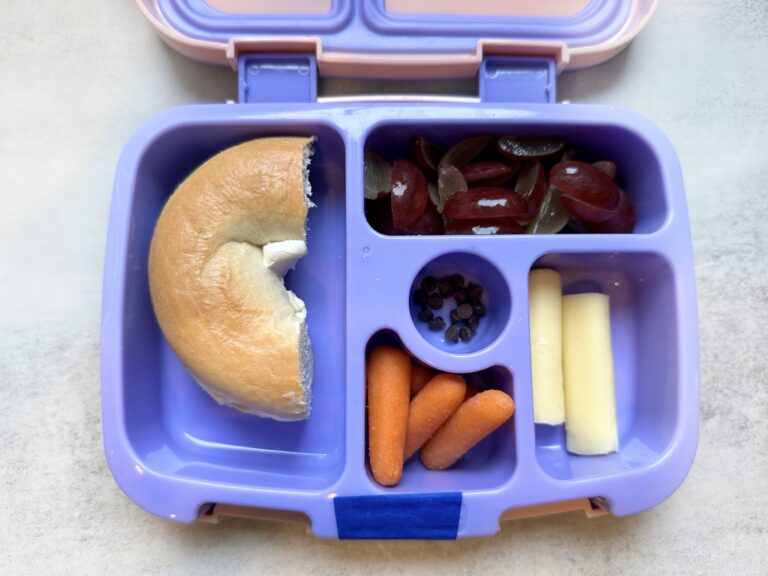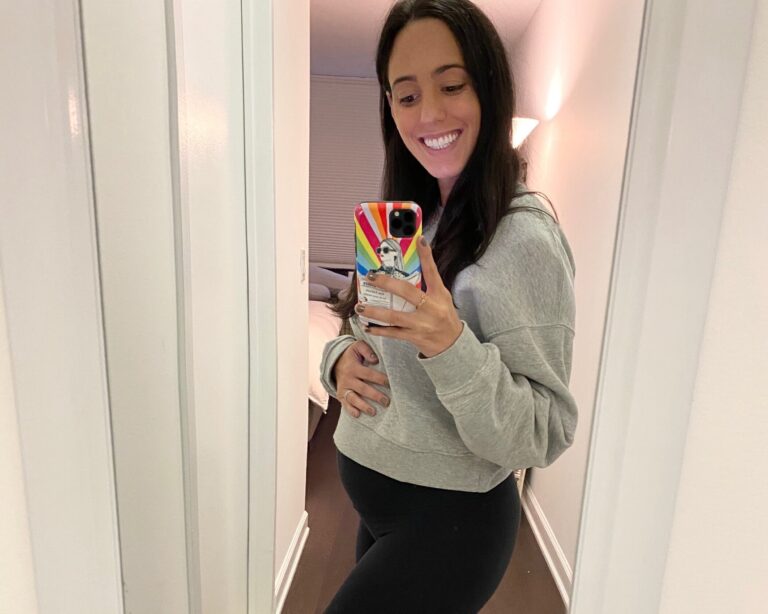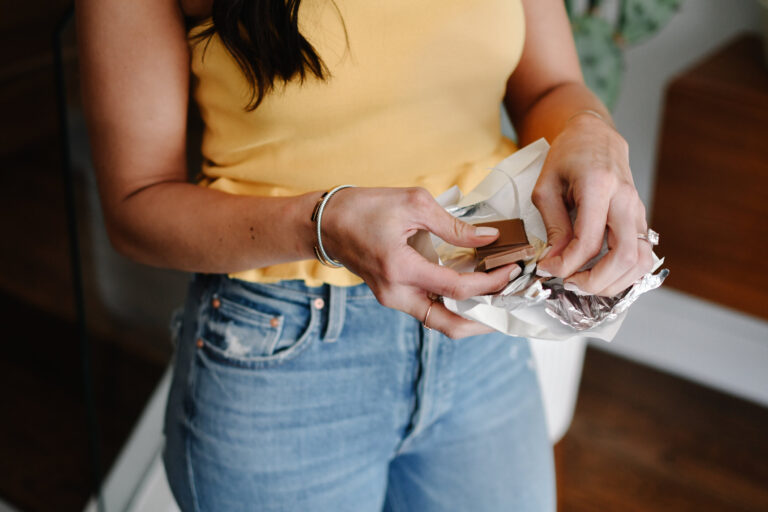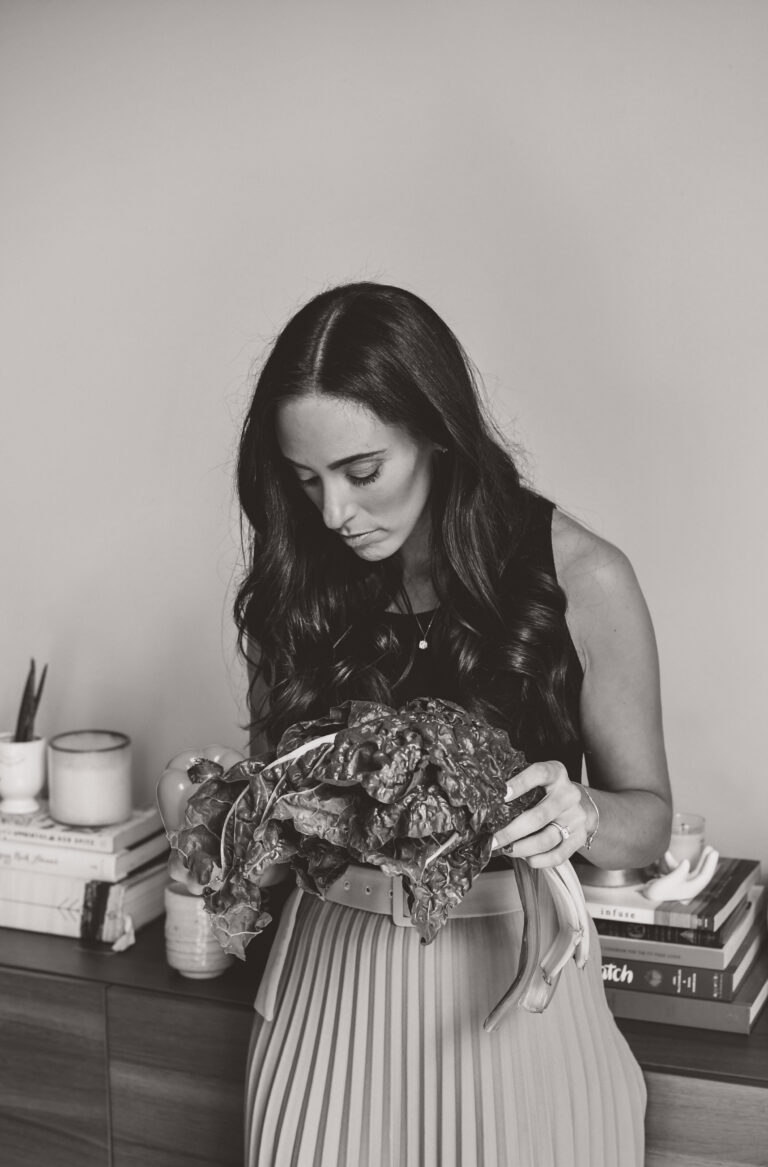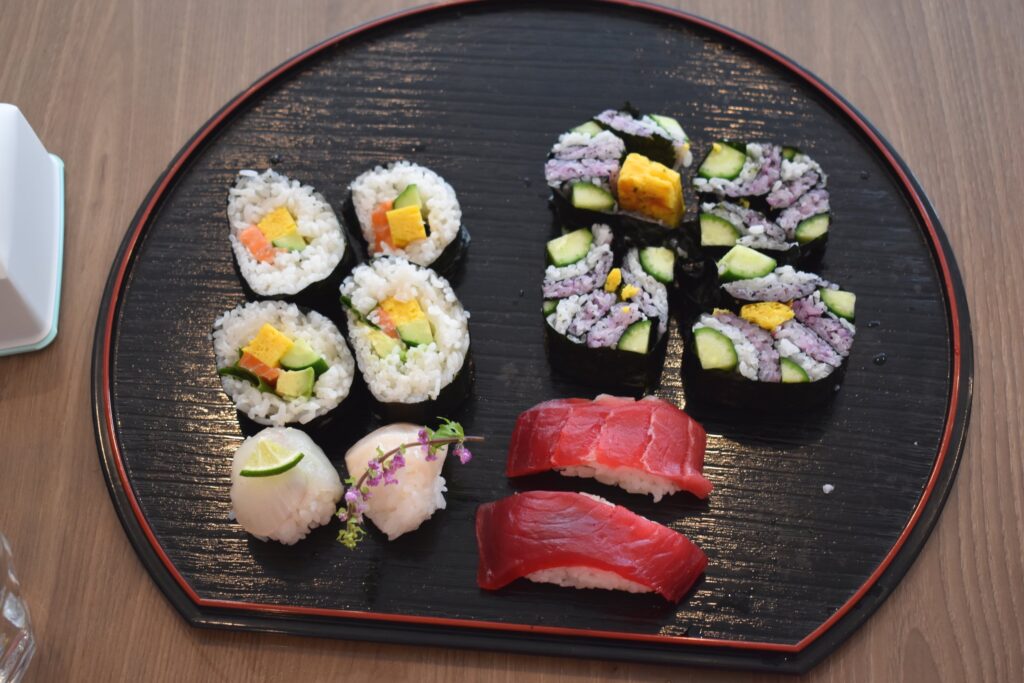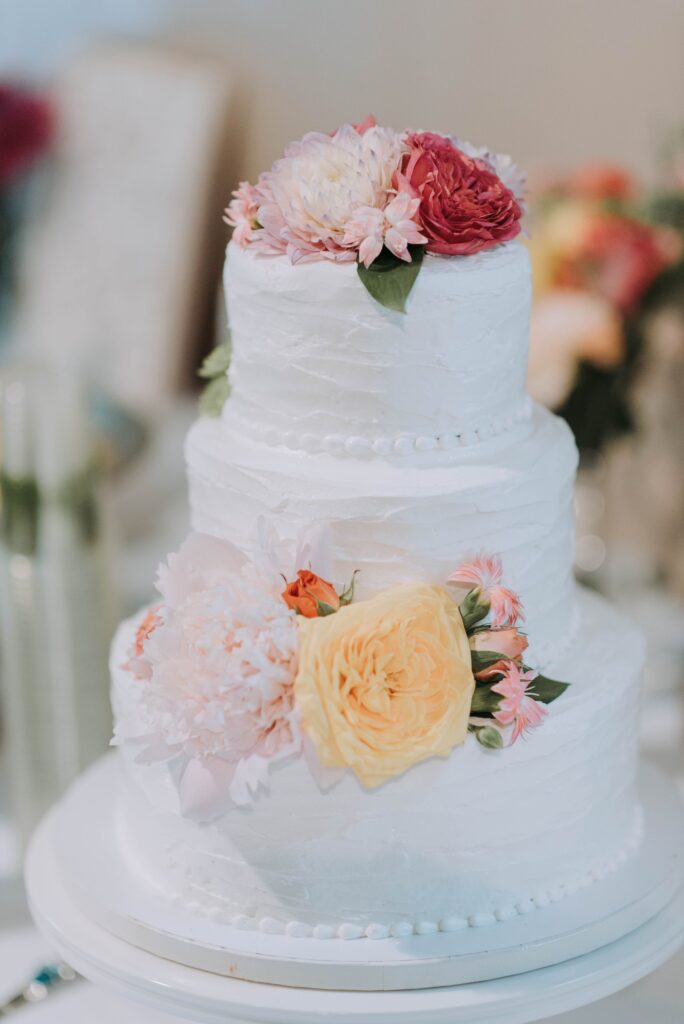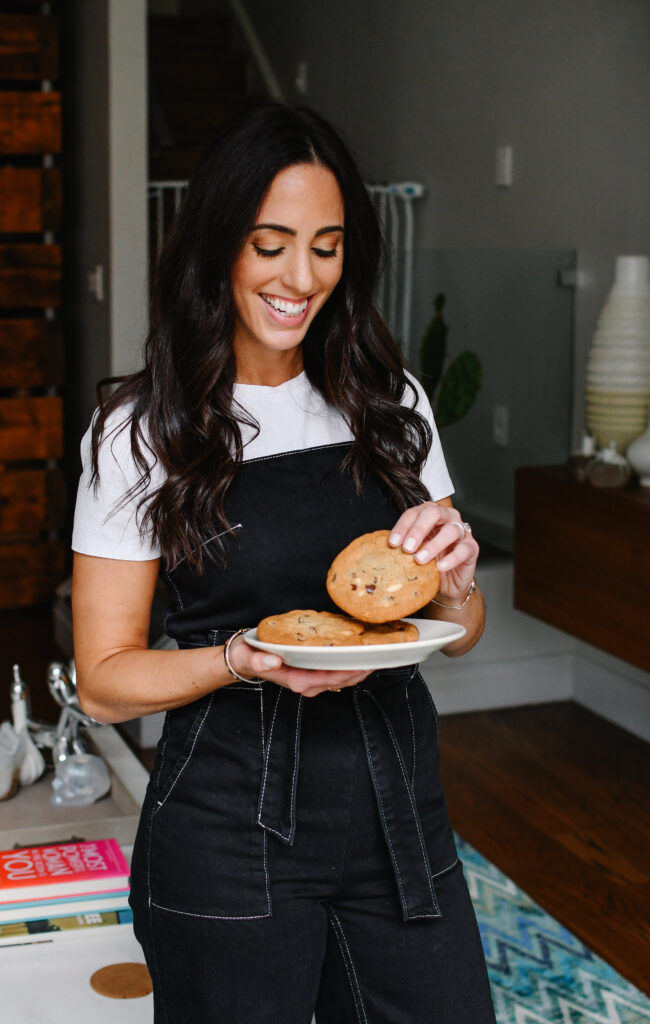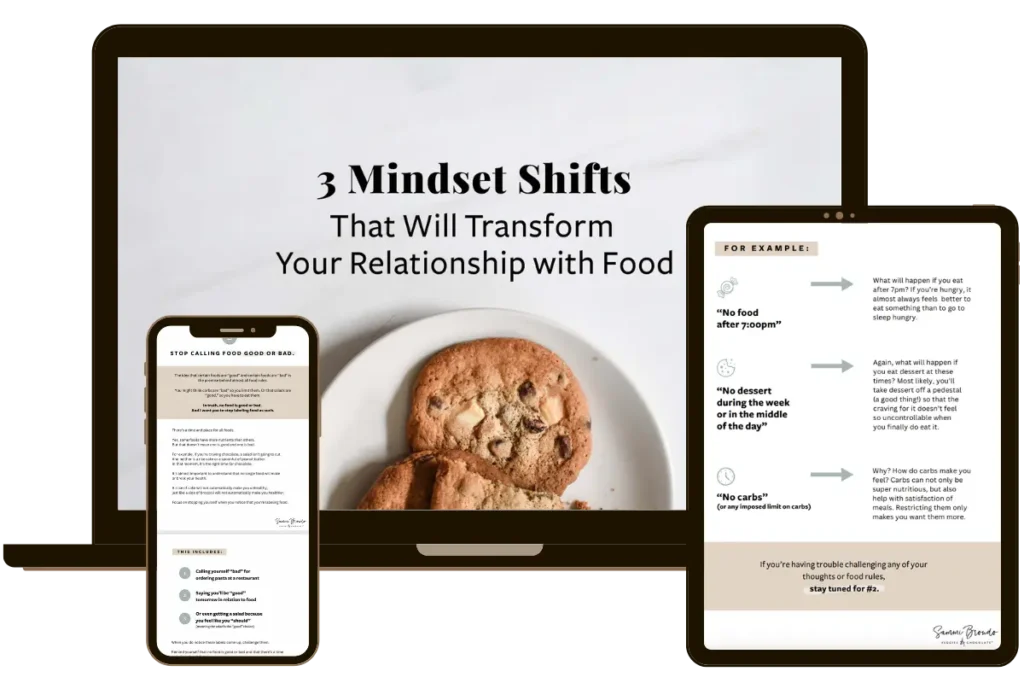Low Waste Vegetable Storage Options for the Essential Vegetable Cookbook
By Sammi Brondo — July 29, 2024
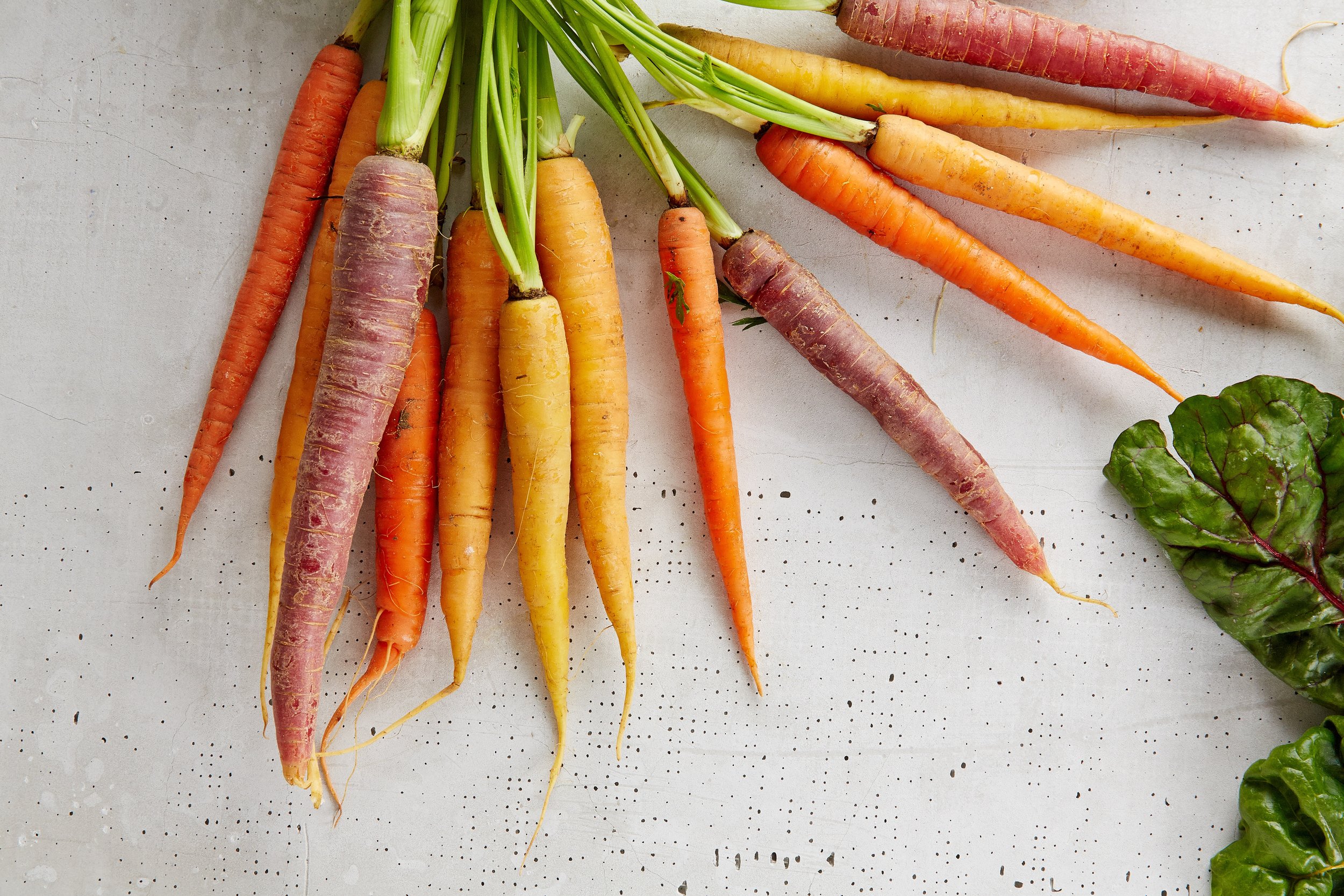
When I wrote The Essential Vegetable Cookbook, I had easy and simple recipes and tips in mind (fun fact: it was originally supposed to be called The Easy Vegetable Cookbook!). For this reason, all of the tips in the book are simple, realistic, and accessible tips for anyone just beginning to cook or eat veggies. In the vegetable profile section of the book, where a plethora of facts are given about each vegetable, I talk about ways to store each vegetable.
Because these tips are meant to be as easy and accessible as possible, many of the veggies are stored in things you’d quickly find at the grocery store, like plastic bags, and things you probably already have at home, like paper towel. But, in the spirit of minimizing waste and protecting the environment, I also wanted to give non-plastic/paper towel vegetable storage options for anyone interested in taking that small extra step (seriously – these are super simple tweaks!).
I consulted my friend and low waste expert, Abby Cannon of Abby’s Food Court for options. Abby (so kindly!) went through and provided alternate storage options for each vegetable that I recommended storing plastic or paper towel. You’ll notice that Abby often recommends using reusable cloth produce bags. If you’re interested in buying those (or just have no clue what they are!), Abby recommends Eco Bags and Ambatalia Bento Bags as her two favorites.
Print this out and keep it in your book, or bookmark it and refer to it whenever ya need. It follows the order of the book to make the tips as easy as possible to follow, and any vegetable not listed here means there was no change to what’s already in the book (yay!). Happy storing!
SPRING
Artichoke: Place in a sealed airtight container with light moisture or in a slightly damp cloth produce bag in the refrigerator.
Asparagus: Wrap the ends of the asparagus in a damp cloth, or place in a mason jar with the ends submerged in water in the refrigerator.
Broccoli: Store in an open container or in a slightly damp cloth produce bag in the refrigerator.
Carrots: Store in a slightly damp cloth produce bag or wrapped in a damp towel in the refrigerator.
Celery: Wrap celery tightly in a cloth produce bag and place in the refrigerator.
Lettuce: Place in a damp cloth produce bag or airtight container in the refrigerator.
SUMMER
Bell Pepper: When whole, store in a cloth produce bag in the crisper drawer of the refrigerator. Once cut, store in an airtight container in the refrigerator.
Cucumber: Wrap in a moist towel or cloth produce bag and store in the crisper drawer in the refrigerator.
Green beans: Store in a cloth produce bag in the refrigerator; or store them in a container covered loosely with a damp towel.
Spinach: Store loose in an open container in the crisper drawer or in a slightly damp cloth produce bag in the refrigerator.
Zucchini: Store unwashed in a cloth produce bag in the crisper drawer of the refrigerator.
FALL
Kale: Store in a damp cloth produce bag in the crisper drawer of the refrigerator.
Mushrooms: Store loose in a cloth produce bag in the crisper drawer in the refrigerator. If purchased in packaging, store the mushrooms in the original packaging in the refrigerator.
WINTER
Beets: Wash beets and keep in an open glass container covered with a damp towel or store them loose in the crisper.
Bok Choy: Store in a cloth produce bag in the crisper drawer of the refrigerator.
Brussels sprouts: Store in an open container covered with a damp towel or in a cloth produce bag in the crisper drawer of the refrigerator.
Cauliflower: Store cauliflower in a closed container in the refrigerator or loose in the crisper drawer. Store cut cauliflower florets in an airtight container in the refrigerator.
Collard Greens: Store in a damp cloth produce bag in the crisper drawer of the refrigerator.
Parsnips: Store unwashed in an open container in the crisper drawer of the refrigerator or wrapped in a damp towel/cloth produce bag in the refrigerator.
If you’re interested in more low waste living tips, I highly recommend checking Abby out on her website or on Instagram.

